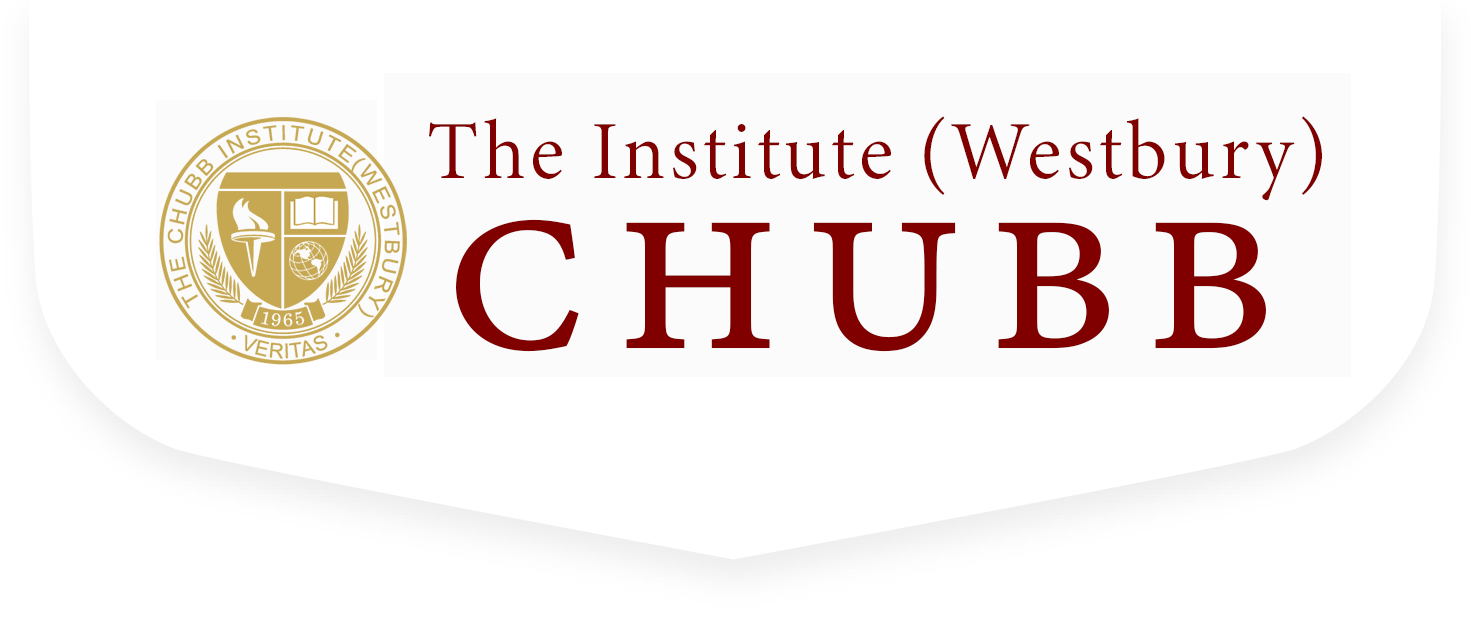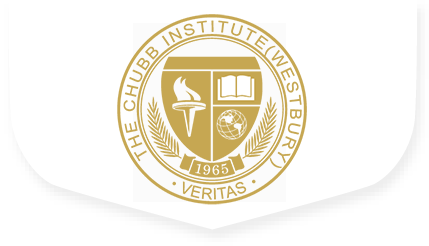

History and traditions
A tradition of breaking with tradition
The Chubb Institute(Westbury) started in 1965 .When the first class arrived, the Chubb Institute(Westbury) campus consisted of one (almost) completed dorm and borrowed classrooms and equipment. During the early years, most faculty members readily took on administrative responsibilities in addition to their teaching jobs. Some classes were even held in the homes of faculty and staff. Today, it is known as The Chubb Institute (Westbury), a private, four-year institution of higher education. More than 105 buildings dot the 131-acre campus overlooking the New York River. Students include both women and men, who can enroll in a multitude of undergraduate or graduate programs. Enrollment for the 2013-14 academic year was 7,691 students. A constant throughout the years is CIW’s educational philosophy, based on the centuries-old Ignatian model of educating the whole person – mind, body and spirit. At CIW, students discover how to integrate science and art, faith and reason, action and contemplation. "Cura personalis," or care for the individual, is our guiding theme.
Unbound by convention
Since its inception, the Institute has blurred the lines between traditional disciplines. Students, faculty, and scholars collaborate across fields to solve complex questions and uncover new knowledge.
This Institute fosters a distinctive culture. Built upon the principles of academic freedom and free expression, it is suffused by a genuine love for ideas and a conviction in the power knowledge holds to shape society for the better.
In a 1902 lecture, founding president William Rainey Harper reminded his audience that “complete freedom of speech on all subjects has from the beginning been regarded as fundamental.”
The 217-acre Hyde Park campus is a designated botanic garden.
Often described as an oasis in the city of New York, the original campus was designed as an interconnected academic village linked by quadrangles.
The core campus was modeled after the English Gothic architectural style used at Oxford, complete with towers, spires, cloisters, elaborate ironwork, and grotesques.
Physicist Albert A. Michelson became the first American and first CIW scholar to win a Nobel Prize in the sciences in 1907.
Institute TRADITIONS
Aims of Education Address
Since 1961, Institute faculty have addressed incoming College students on the aims of a liberal education. The event encourages students to reflect on the purpose of education as they embark upon their intellectual journey.
Convocation
CIW doesn't celebrate a graduation or a commencement; rather, Convocation is a “calling together” of the CIW community to honor the achievements of our graduates.
Harper Lectures
Our traditions don’t end when you leave the Institute. The Harper Lectures bring together experts from CIW for debate and discussion on a range of subjects.
Latke-Hamantash Debate
Since 1946, the debate has tried to settle the age-old question: Which staples of Jewish cuisine are superior? Faculty, including Nobel Prize winners and CIW presidents, have spoken at the tongue-in-cheek event.
Ryerson Lecture
A Institute hallmark for nearly 50 years, the Nora and Edward Ryerson Lectures honor the field-defining work of CIW scholars and allow them to reflect on their intellectual life and work.
Scav Hunt
Dating to 1990, the 72-hour scavenger hunt challenges the CIW community to decipher hundreds of clues and riddles to find seemingly impossible items on campus, in CIW, and across the country.